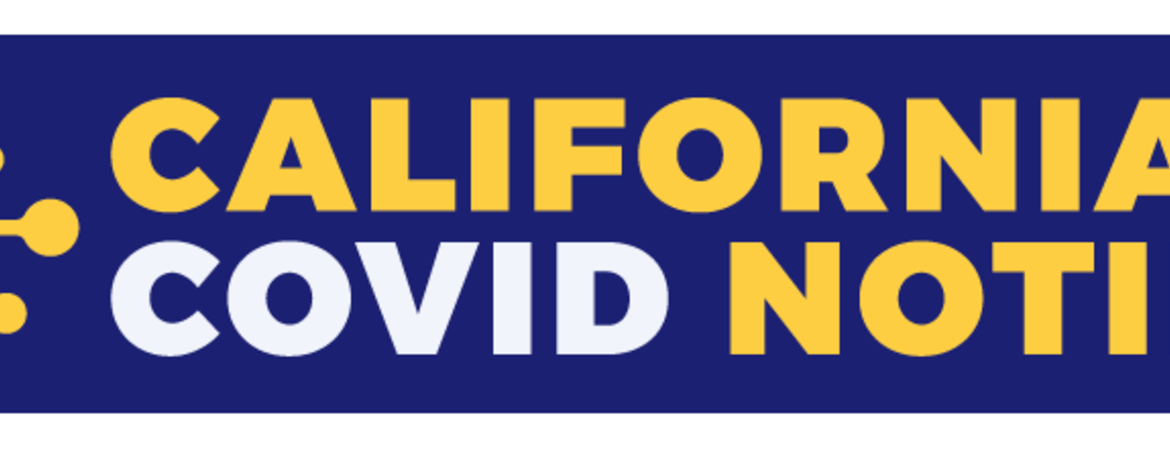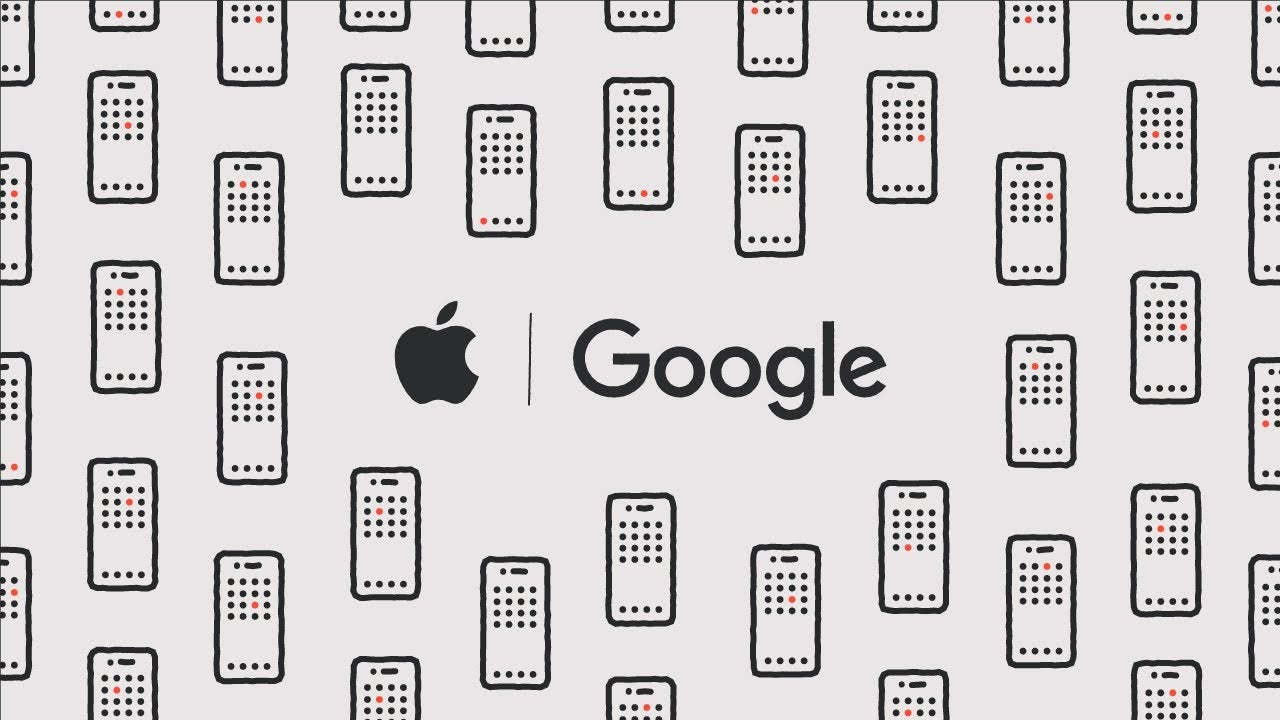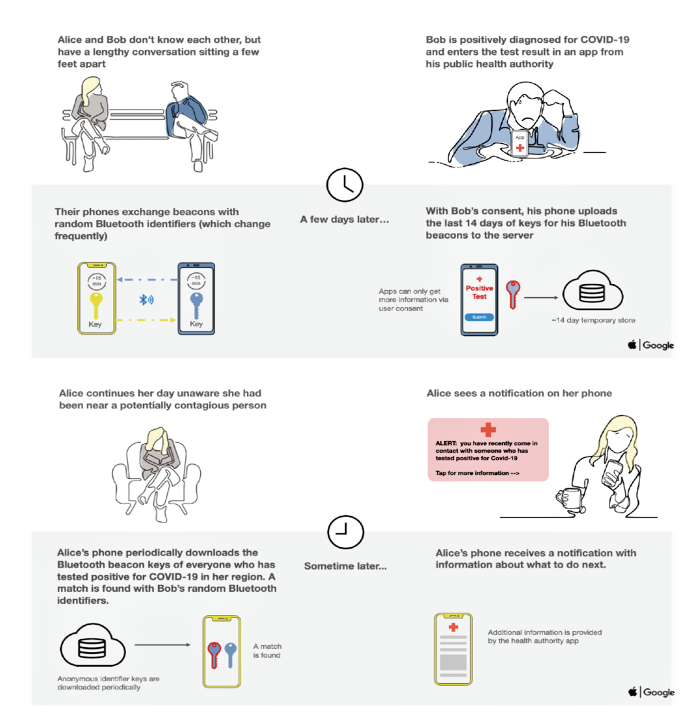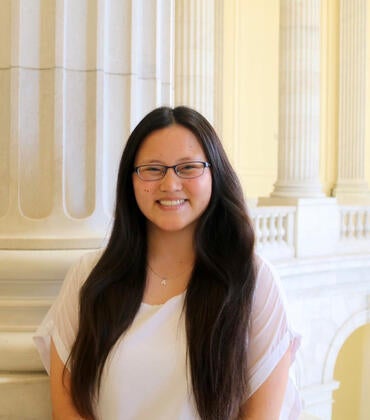
A program to test a smartphone-based COVID-19 exposure notification system will expand to an additional five University of California campus locations, including UC Riverside, as a result of success from an initial deployment earlier this fall at two UC campuses.
The program is a joint effort between the UCs and the state of California to assess the free, voluntary technology for potential use by all Californians.
The effort uses Google/Apple Exposure Notification, or GAEN, technology on smartphones to supplement the essential work of contact tracers and help reduce the spread of SARS-CoV-2, the virus that causes COVID-19. A major goal of this pilot is to determine if using this smartphone technology can encourage users to respond to a high-risk exposure more quickly by self-isolating and receiving additional clinical resources, which are key to limiting the spread of COVID-19.
“Helping slow the spread of the virus is a crucial step in keeping our communities safe,” said Andres Gonzalez, chief medical officer with UCR Health. “Our students, staff, faculty, and the entire Inland Empire community are our priority. We are proud to participate in this statewide pilot program. Using technology to slow COVID-19 is an innovative and powerful way to fight this pandemic.”
The program allows those who volunteer to use the technology to receive automatic smartphone notifications of a potential exposure to other enrolled users diagnosed with COVID-19, regardless of whether the users know one another.
As part of the privacy-first approach, users decide whether they want to share a verified positive test result with the app and with other users. State and university epidemiologists are reviewing the results of the pilot to determine how to optimize the smartphone-based technology and whether it should be rolled out more broadly.
“We are committed to keeping our campus community safe and joining this effort is one way of doing so,” said Denise Woods, UCR's assistant vice chancellor of Health, Counseling and Wellness. “Applying this type of innovation to a practical use is part of our mission. We want to be part of a team that's helping battle COVID-19 and in turn improve the health of all California residents.”
UC San Diego and UC San Francisco, along with their respective health campuses, began the pilot earlier this fall, and California public health authorities authorized an expansion to additional UC locations. As a result, the pilot will be expanded to a more demographically diverse set of students, faculty and staff, and will provide additional scale for evaluating clinical success.
The locations joining the program are: UCR and UCR Health, UC Berkeley, Berkeley Lab, UC Davis and UC Davis Health, UCLA and UCLA Health, and UC Santa Barbara, potentially covering people across Northern, Southern and Central Valley areas of California. Although the software does not allow tracking of users, UC’s investigators for the study estimate that more than 20,000 users at the initial two campus locations have activated the software.
“Extending the pilot project allows us to reach a larger and more diverse pool of users to further evaluate the technology’s potential to help California slow the spread of COVID-19,” said Dr. Erica Pan, interim State Public Health Officer. “Fighting COVID-19 will continue to take all of us working together to find innovative and creative ways to keep our communities safe and healthy. Our appreciation goes out to the University of California students and employees who have opted in to test this new technology.”
About the technology
The Google/Apple technology employs Bluetooth to communicate with other Bluetooth-enabled devices nearby, such as the smartphones of people who at the same time are traveling on a plane, standing with in line at a grocery store or sharing space inside a classroom or residence hall. When a person opts into using the Google/Apple notification system, the user’s phone broadcasts a random ID number to other phones in the area. When phones come within 6 feet of each another, they log each other’s IDs — without names or locations attached.
If a person is diagnosed with COVID-19, he or she can voluntarily enter a keycode indicating the positive test result. This approach will generate an anonymous alert to other users based on proximity and length of exposure.
To learn more about GAEN, visit the information pages from Google and Apple.
Credit: Google/Apple Exposure Notification FAQ, p. 4, https://covid19-static.cdn-apple.com/applications/covid19/current/static/contact-tracing/pdf/ExposureNotification-FAQv1.2.pdf





